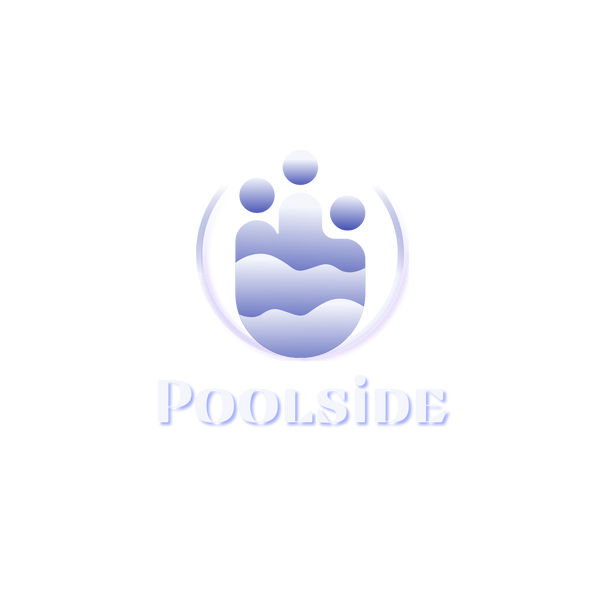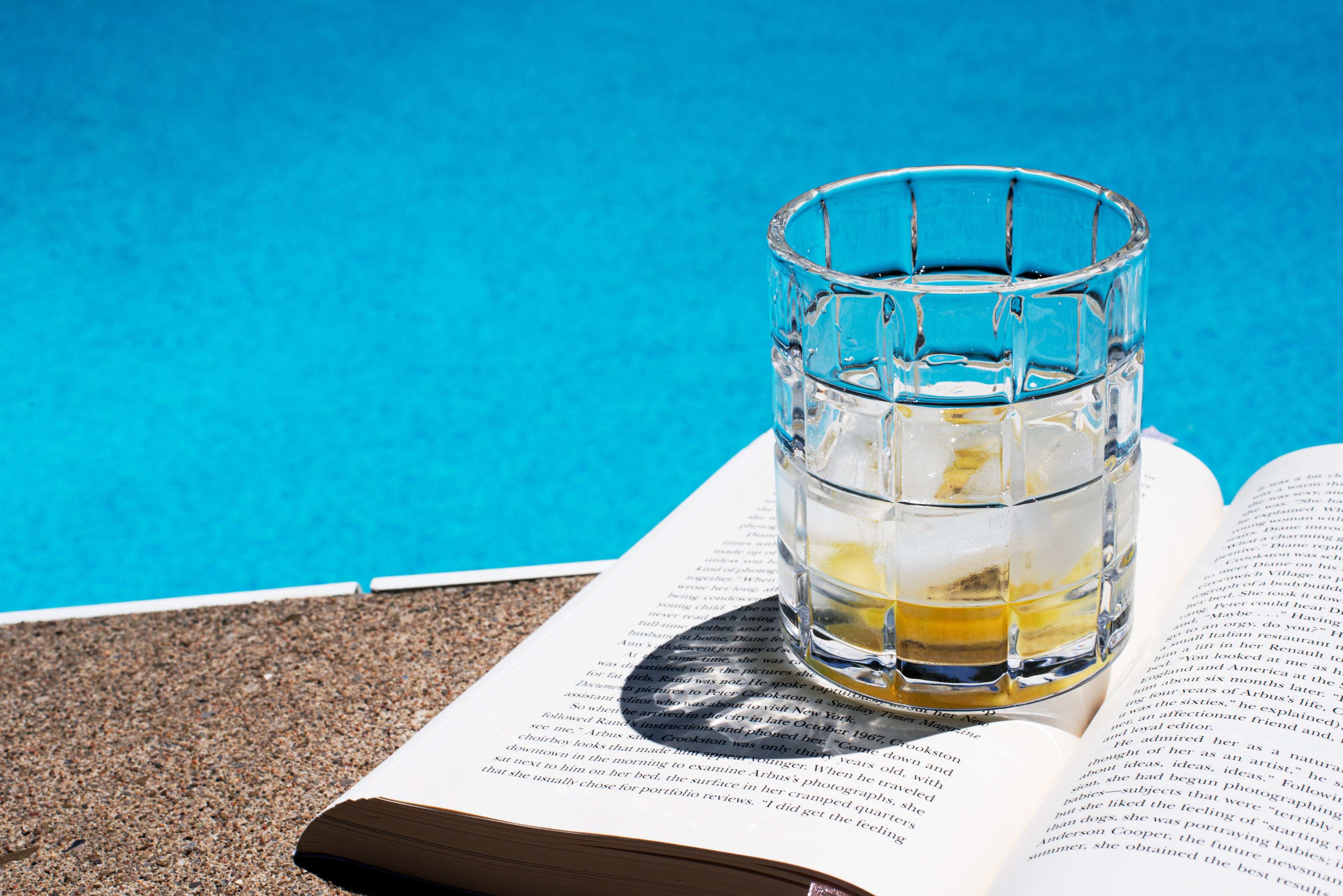
Pool Chemistry Guide
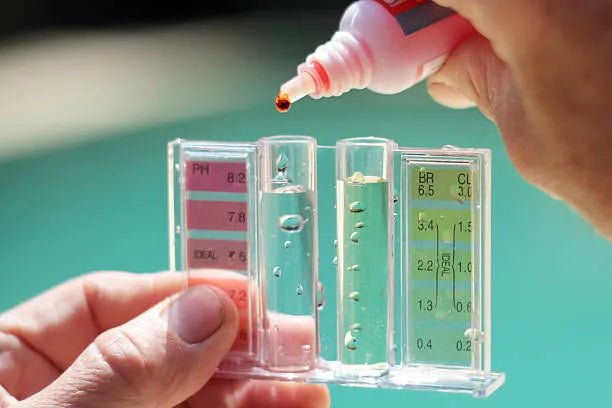
Critical for swimmer comfort and sanitizer efficiency
pH
Ideal Range: 7.6-7.8
If too high: Add muriatic acid, dry acid.
If too low: Add soda ash, baking soda.
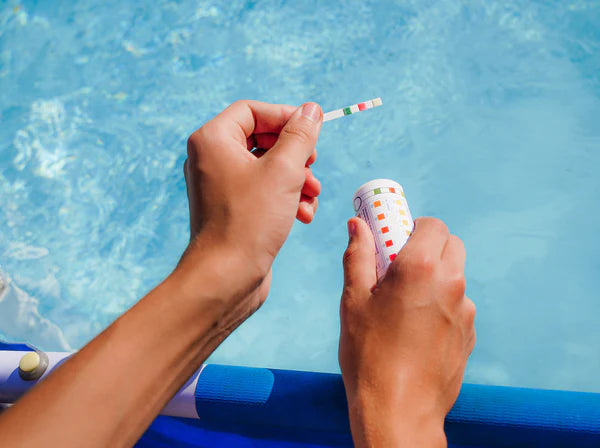
Keeps the pool sanitized and safe
Free Chlorine
Ideal Range: 1-3ppm
If too high: Allow sunlight to burn off excess chlorine.
If too low: Add chlorine (liquid bleach, tabs, cal hypo)
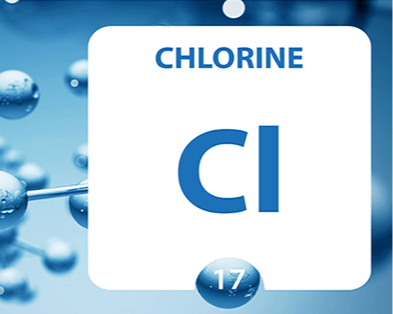
Higher levels indicate combined chlorine (used)
Total Chlorine
Ideal Range: Should match free chlorine
If too high: Dilute pool water if excessive
If too low: Shock with cal hypo or liquid chlorine
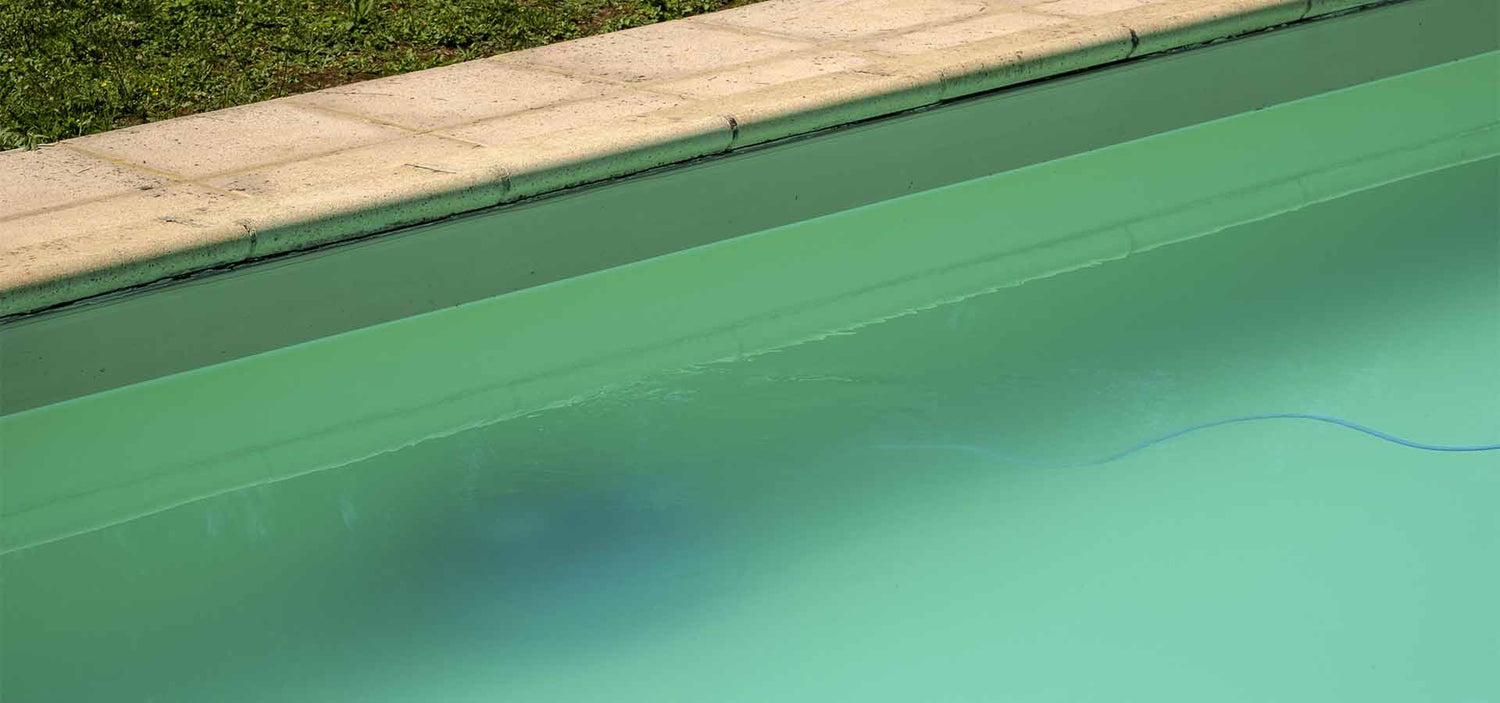
Buffers pH to prevent rapid changes
Alkalinity
Ideal Range: 80-120ppm
If too high: Add muriatic acid to lower total alkalinity
If too low: Add sodium bicarbonate (baking soda)
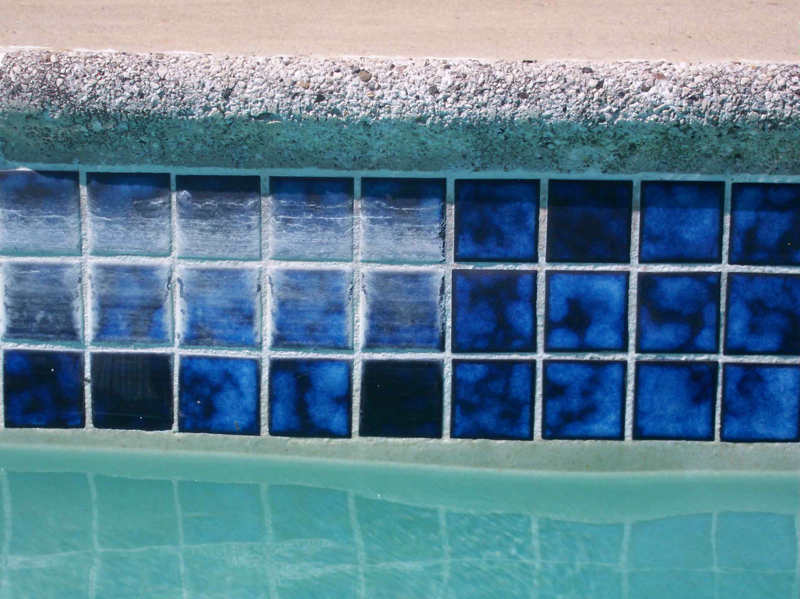
Prevents scaling and corrosion
Calcium Hardness (CH)
Ideal Range: 200-400ppm
If too high: Dilute with fresh water or use a chelating agent
If too low: Add calcium chloride (cal hypo may also help)
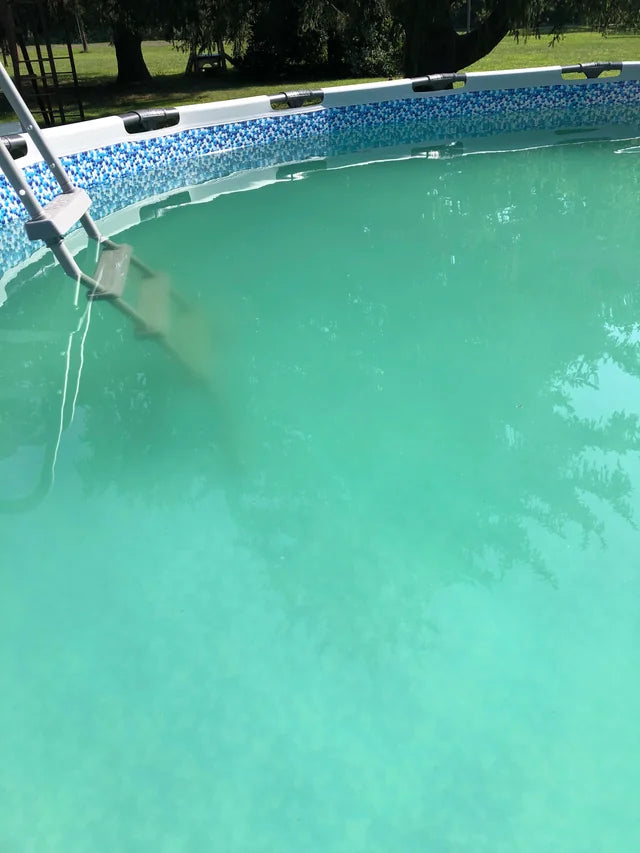
Protects chlorine from UV degradation
Cyanuric Acid (CYA)
Ideal Range: 30-50ppm
If too high: Partially drain and refill pool water
If too low: Add stabilizer (cyanuric acid)
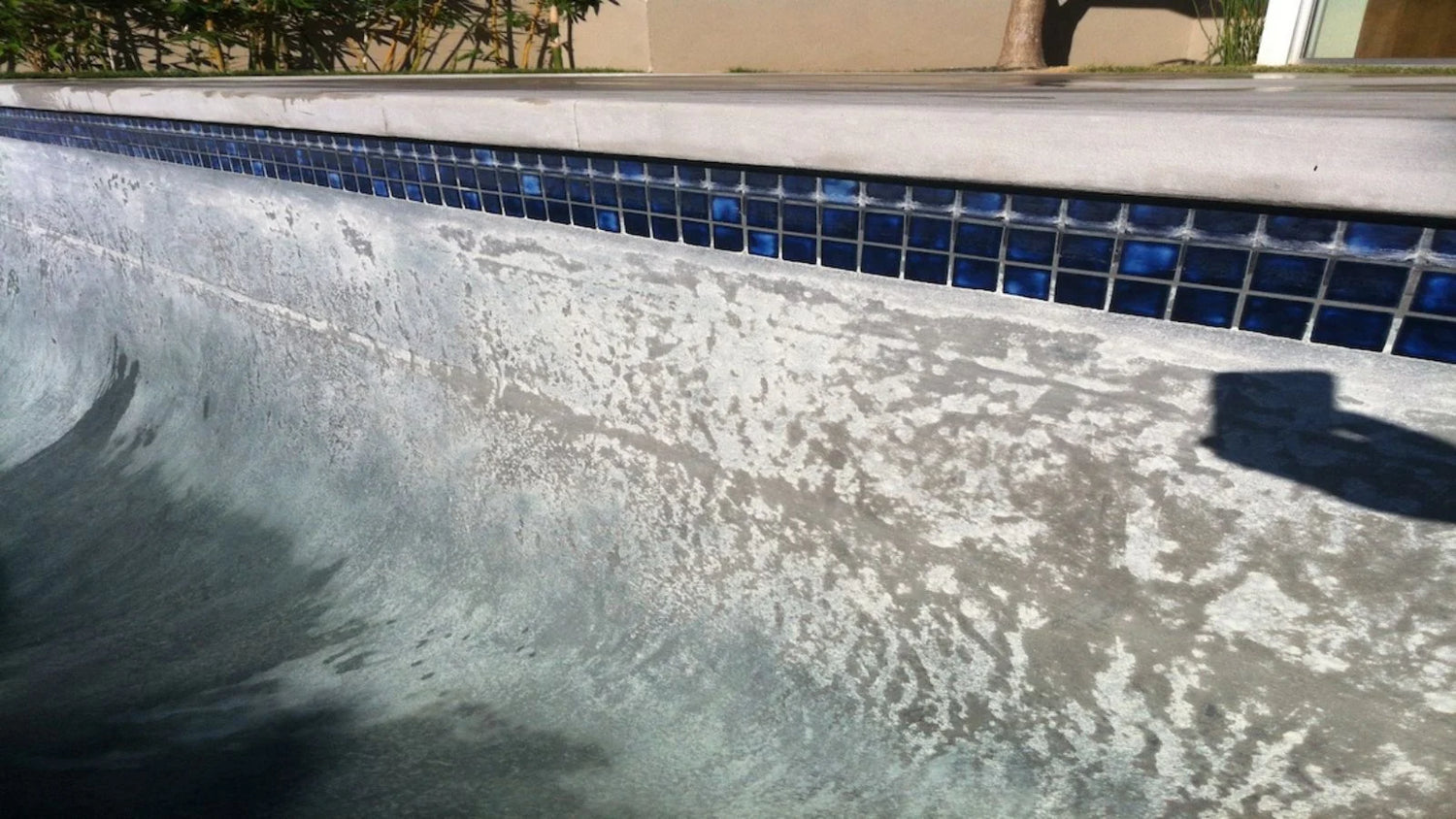
Necessary for saltwater chlorinator systems
Salt (Saltwater Pools)
Ideal Range: 2,500-3,500ppm
If too high: Dilute pool water with fresh water
If too low: Add pool-grade salt
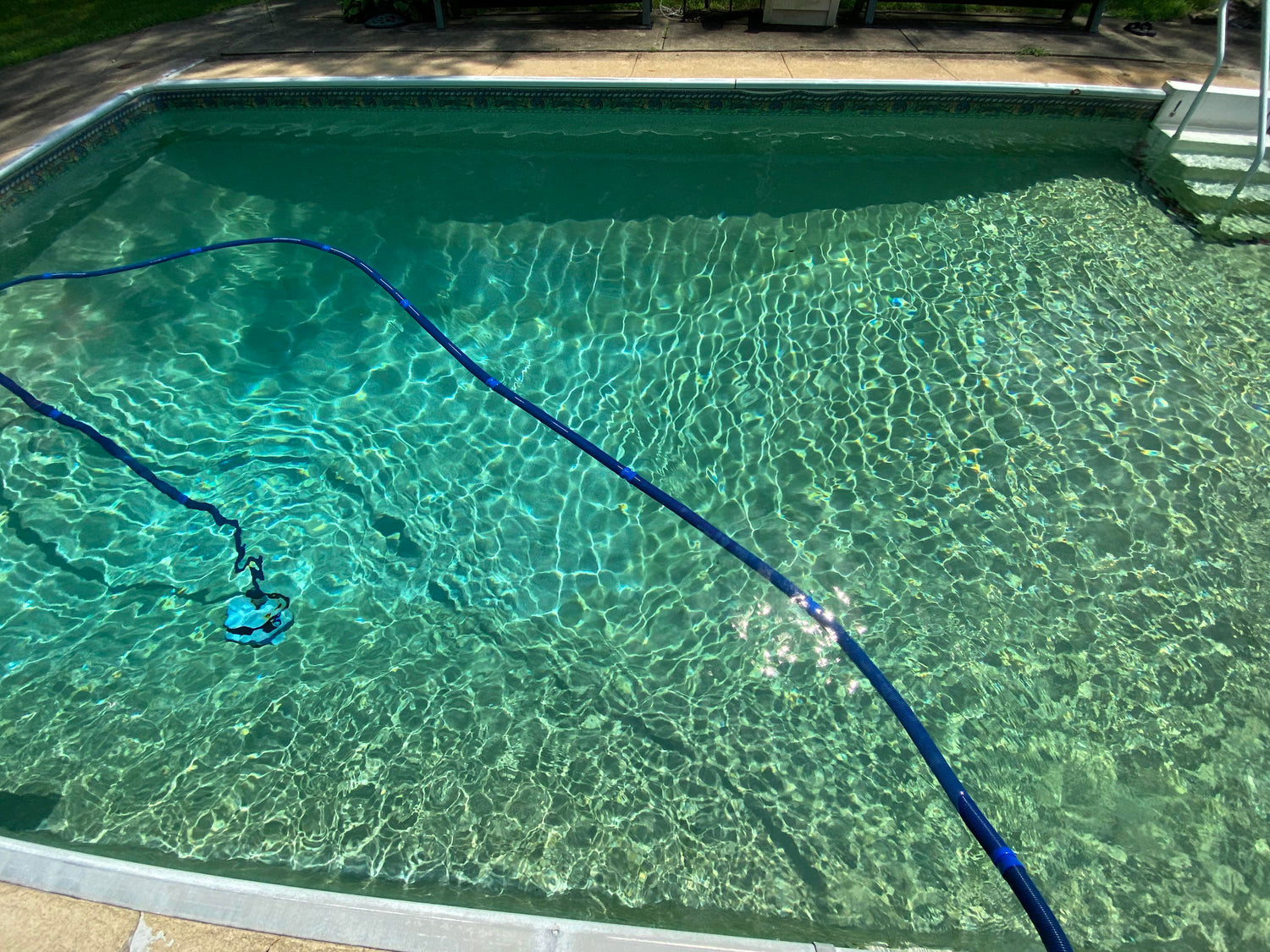
Staining and equipment damage
Metals (Iron/Copper)
Ideal Range: 0 ppm
If too high: Dilute water or use a metal filter product
If too low: Use a metal sequestrant.
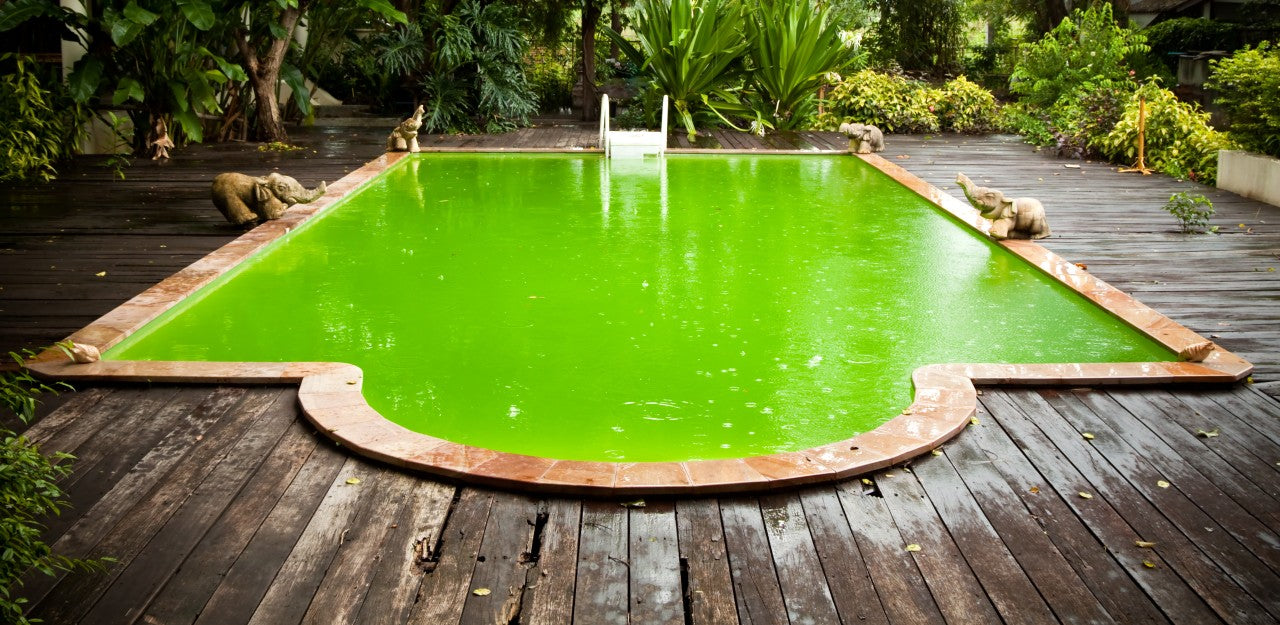
High levels can lead to algae growth
Phosphates
Ideal Range: < 100ppb
If too high: Use a phosphate remover
If too low: N/A
